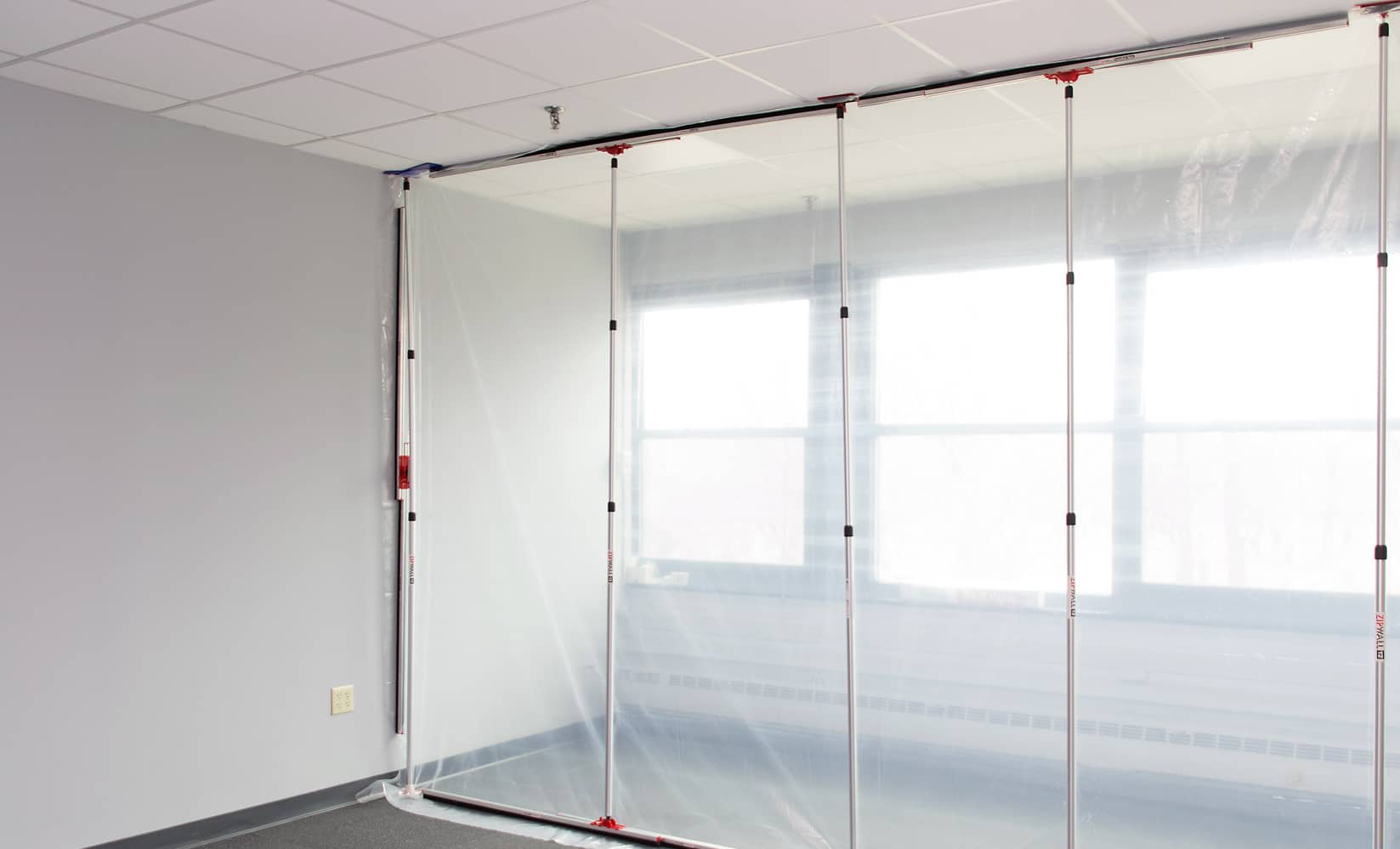In the dynamic world of construction, managing the myriad of challenges that arise on-site is key to the success of any project. Among these, controlling the spread of dust and debris stands out as a crucial aspect of maintaining a safe, efficient, and compliant work environment. This article explores the essential role of temporary dust barriers in navigating the complexities of construction projects, highlighting their importance in ensuring project success.
The Need for Dust Control in Construction
Construction sites are inherently dusty places. Activities like cutting, drilling, and demolishing materials can release copious amounts of dust into the air. This not only poses health risks to workers but can also affect nearby residents and businesses, leading to complaints or even legal issues. Furthermore, excessive dust can damage construction equipment and end products, leading to costly delays and repairs. Effective dust control, therefore, is not just a regulatory requirement but a critical element in project management.
Temporary Dust Barriers: A Versatile Solution
Temporary dust barriers are an effective solution to contain and control dust on construction sites. These barriers are designed to seal off construction areas, preventing the spread of dust to other parts of the site or surrounding areas. Made from durable materials, they can withstand the harsh conditions of construction sites and are adaptable to various spaces and configurations. This versatility makes them an ideal choice for a wide range of projects, from small renovations to large-scale commercial builds.
Benefits of Using Temporary Dust Barriers
- Health and Safety Compliance: By containing dust, these barriers help to ensure a safer work environment and compliance with health and safety regulations, reducing the risk of respiratory problems and other health issues among workers.
- Enhanced Productivity: A cleaner work environment is conducive to higher productivity. Workers can focus better and work more efficiently in a dust-free area, leading to faster project completion.
- Protection of Equipment and Surroundings: Dust can damage both construction equipment and the building itself. Temporary dust barriers help to protect these investments, reducing maintenance and repair costs.
- Community and Environmental Considerations: These barriers not only protect the workers but also the surrounding community from dust pollution, showcasing a commitment to environmental responsibility and community well-being.
Real-World Application: Case Study
Consider a recent high-profile construction project where the use of temporary dust barriers played a pivotal role. The project, located in a busy urban area, faced significant challenges in managing dust due to its proximity to residential and commercial buildings. By implementing extensive dust barrier systems, the project significantly reduced dust emissions, leading to fewer complaints, no work stoppages due to environmental or health safety violations, and an overall smoother project execution.
Conclusion
Temporary dust barriers are more than just a tool for compliance; they are a strategic asset in the construction industry. Their role in mitigating health risks, enhancing productivity, and safeguarding equipment and the environment is invaluable. By integrating these barriers into construction projects, companies can not only navigate the challenges of dust control but also demonstrate a commitment to best practices in health, safety, and environmental management. In the ever-evolving construction landscape, embracing such solutions is key to achieving operational excellence and project success.



